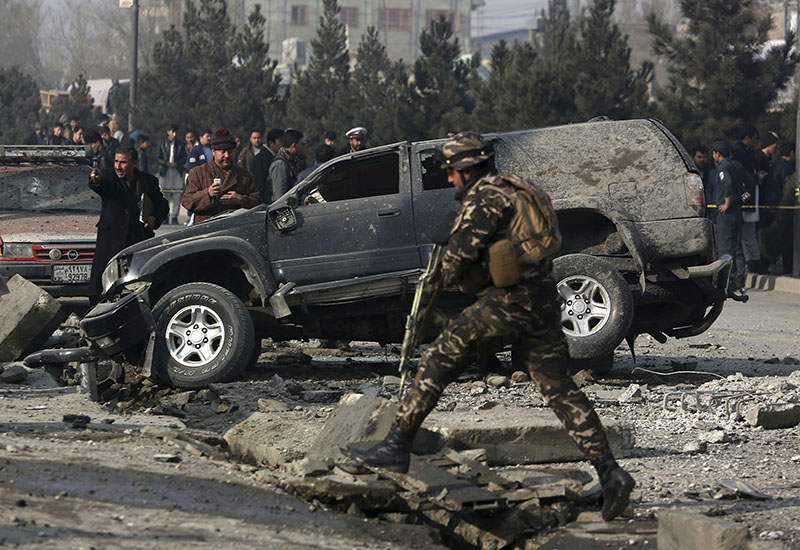UN: Afghan civilian casualties rose 3 percent in 2016
KABUL: The number of civilians killed and wounded in Afghanistan's conflict rise by 3 percent in 2016 compared to the previous year, the U.N. mission said in its annual report released Monday.
The UN 2016 Annual Report on the Protection of Civilians in Armed Conflict in Afghanistan was released Monday. It says that between Jan. 1 and Dec. 31, 2016, the mission documented 11,418 civilian casualties — 3,498 deaths and 7,920 wounded.
That marked a 2-percent decrease in civilian deaths and a 6-percent increase in civilians wounded, amounting to an overall 3-percent increase in casualties compared to 2015.
The United Nations Assistance Mission in Afghanistan (UNAMA) said in the report that "Conflict-related violence exacted a heavy toll on Afghanistan in 2016, with an overall deterioration in civilian protection and the highest-total civilian casualties recorded since 2009, when UNAMA began systematic documentation of civilian casualties."
UNAMA recorded 3,512 casualties among children, with 923 deaths and 2,589 wounded — a 24-percent increase from 2015, and the highest number of child casualties recorded by UNAMA in a single year. The report said that the disproportionate rise in child casualties across Afghanistan in 2016 resulted mainly from a 66-percent increase in casualties from left-over or discarded munitions.
"This appalling conflict destroys lives and tears communities apart in every corner of Afghanistan," the report quoted Tadamichi Yamamoto, United Nations Special Representative of the Secretary-General for Afghanistan, as saying. "Real protection of civilians requires commitment and demonstrated concrete actions to protect civilians from harm and for parties to the conflict to ensure accountability for indiscriminate and deliberate acts of civilian harm."
UNAMA attributed 61 percent of civilian deaths and injuries to what it called anti-government elements, mainly the Taliban, and 24 percent to pro-government forces. Of those pro-government forces, it attributed 20 percent to the Afghan national security forces, 2 percent to pro-government armed groups and 2 percent to international military forces.






